|
From a distance, they look like delicate fallen dragon and damselflies littering a field of tall grasses. Upon closer inspection, the geometrically arranged leaves and the fringed beard, the Rose Pogonia Orchid emerges.
This flower usually has only 1 flower on an erect, slender stem. It is rose or pink-colored and, unlike most orchids, has a nice fragrance. The lower lip is densely bearded near the throat with white to yellow bristles. There is 1 leaf near the middle of the stem. This wild orchid is found in very wet areas where sun is prominent. Other common names are: Rose Pogonia, Snake-mouth Orchid, Beard Flower. Finding this native flower was a real treat, as non-native species move in and push out our native flowers, flowers like these are becoming rarer and rarer to find. As of 2016 the 'Snake-mouth Orchid' is on the USDA's threatened/endangered list as 'Threatened'.
0 Comments
Rising up from the sphagnum mounds, an alien spaceship like flower hangs above one of North America's few carnivorous plants - the purple pitcher plant.
There's a lot going on with these plants so let's start with the basics and go from there... Why do these plants only grow in bogs? Bogs and carnivorous plants were made for each other. The lack of oxygen and nutrients in the water is okay for these types of plants since they derive nutrition from the insects they eat. Since other plants can't "catch" their own food and since the water doesn't have the nutrients needed, other plants can't grow in these areas leaving them open to these unique species. How do they catch their food? The pitcher plant collects rain water in the 'pitcher' and slowly waits for insects to come get a drink. The angled hairs inside the pitcher work to keep insects that have crawled or flown in - in the plant. Evidence suggests only 1% of the insects that venture into this trap actually fall in the enzyme rich water in the pitcher and become food, the other 99% simply fly, crawl, saunter, strut, their ways out. How do they 'eat'? The pitcher plant secretes digestive enzymes into the rainwater in the 'pitcher' that breaks down the nutrients from the (few) insects that fall in (much like the enzymes in our stomaches). The nutrients are then absorbed by the plant - instead of absorbing nutrients through the roots. Tell me more! There are at least two insects that actually use the pitcher plant as a breeding location! "A community of microorganisms eventually develops in the water at the base of the pitchers. These microorganisms live on the nutrients of the decaying insects, and may actually increase the nutrients available to the plant by further digesting its prey. The microorganisms are themselves prey to at least two species of carnivorous insects – the larvae of a mosquito and the larvae of a midge – which complete their life cycles in the pitchers. For some reason, the digestive enzymes secreted by the plant affect neither species." There's a lot going on under the alien-like flower in the calm, still, pitcher plants. Scheuchzeria is an endangered species of Ohio that is a family all its own.
Those who have tried to classify it initially included it in the Arrowgrass family (Juncaginaceae), but since it had fruit and flowered, it was considered to be more lily like. So they let it be its own thing. It can be found blooming June & July mainly in bogs and fens across northern North America, Europe, and Asia. It has long rope-like rhizomes and is one of the most common bog plants in Finland! If you were to squeeze the fruits (not recommended) they would produce a chlorine like scent much like a swimming pool. It tends to float along with the sphagnum mounds thanks to its long air-filled rhizomes. Pollination occurs by wind, that's why the flowers are not very bright or showy and its anthers are held at the end of long filaments. A cool, overcast day - perfect for taking photos of flowers and re-visiting a few of my favorite places!
There's a lot going on out there, summer blooms - whorled loosestrife, moth mullein, swamp candles, and even the rose pogonia orchids at the bog! The summer months also bring out the sedges (have edges) and rushes (are round). At the bog, some interesting changes have taken place after this winter's management of chopping down the trees (many were the high bush blueberries) that had been slowly but very surely taking over the sphagnum mounds, the bog plants have been able to breathe and get their much needed sunlight with the trees gone, and the round-leaf sundews have been taking full advantage of that! I found sundews in areas I've never seen before! At any rate, click 'read more' to see photos from today's adventures and to learn more. Believe it or not, it's still a jungle out there... just, an ever shrinking jungle. This is why conservation efforts and nature preserves are so very important. One of my favorite places to explore when I get the itch for isolation, to be in a primitive land, to see things different, to remind myself there is more in this world than the day-to-day is Brown's Bog. It's located down a dirt and gravel road, off a back road in the middle of the country, there is no address, there are no facilities, just a small pull off and a sign to let you know you've arrived. But first, a little about Ohio's State Nature Preserves...
"Brown's Lake Bog is one of a handful of sites in Ohio which contain an open kettle- hole lake surrounded by a floating sphagnum moss mat. The bog and surrounding forest were purchased by The Nature Conservancy in 1966. The preserve was declared a National Natural Landmark in 1968.
The preserve lies in the Glaciated Allegheny Plateau region of northeastern Ohio. The bog and lake are glacial relicts, and the knolls in the northeast corner and southern part of the property are glacially formed hills called kames. The naturally acidic properties of sphagnum and its ability to insulate the water from rapid air temperature changes provides the special conditions needed to maintain the boreal plant community including round-leaved sundew, large cranberry, grass-pink orchid and marsh five-finger. The lowland woods south and northeast of the main bog support shallow ephemeral pools during much of the year." There are over 20 different species of rare or endangered plant forms that are able to survive due to this unique environment. Take a trip and see how many of these interesting species you can find!
|
AboutSince 2015 we have been exploring and sharing all the amazing things we’ve found in nature. AuthorEmily is an Ohio Certified Volunteer Naturalist who is most often found out in the woods. Archives
June 2024
Categories
All
|
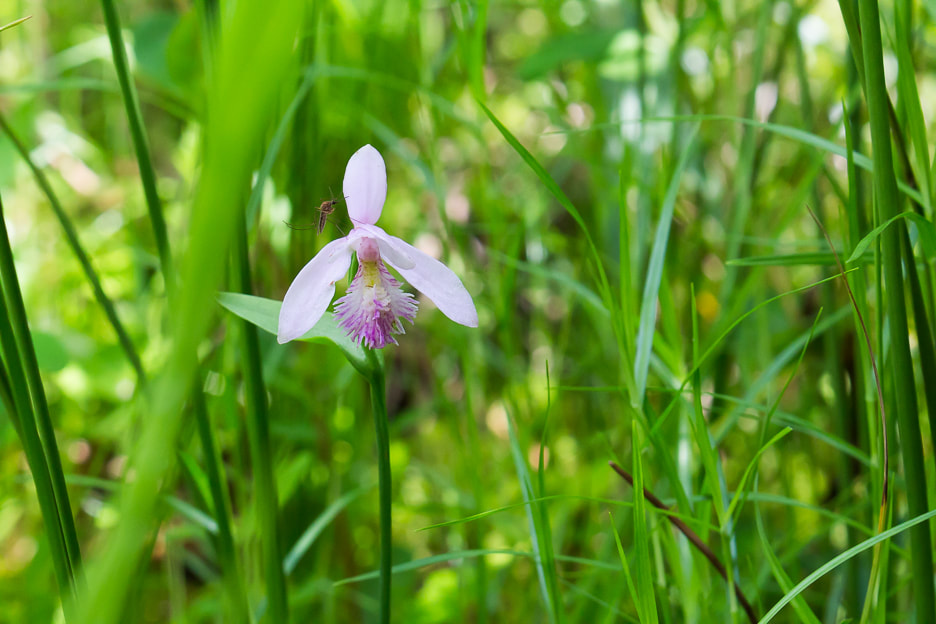
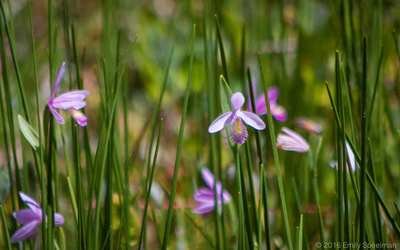
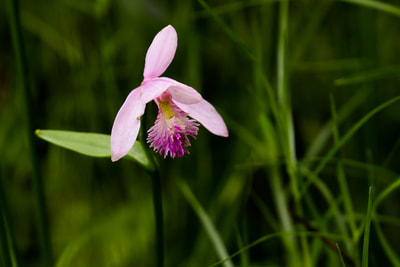
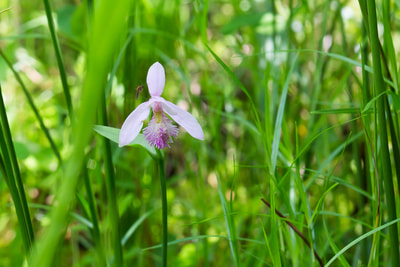
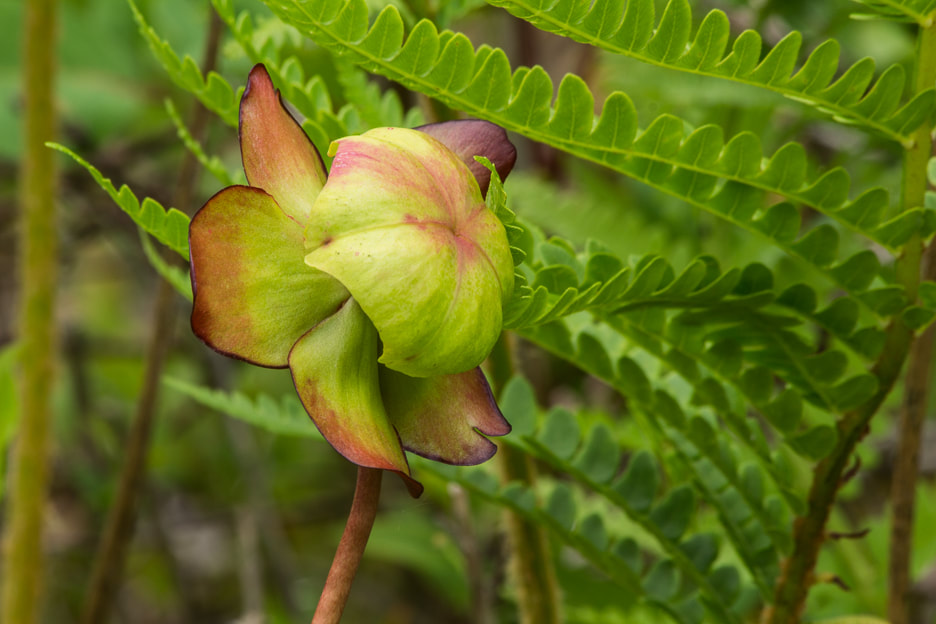
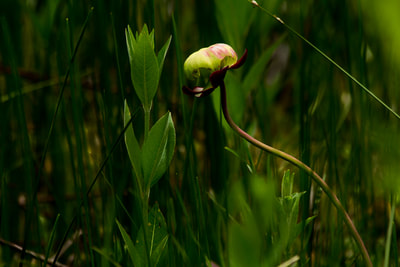
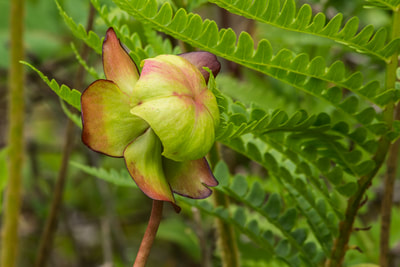
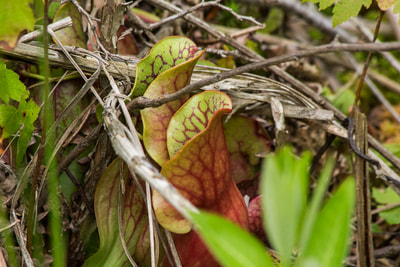
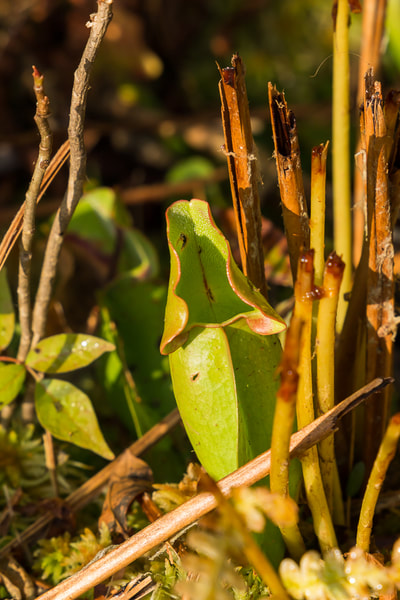
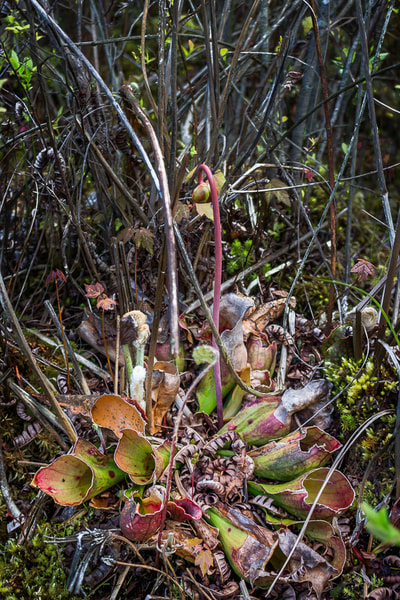
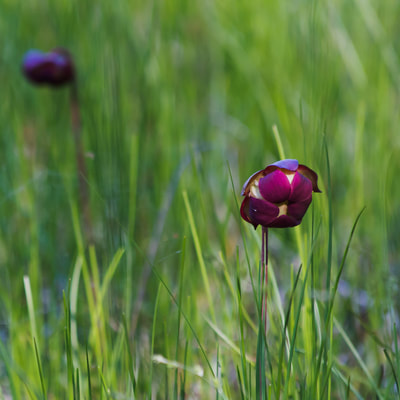
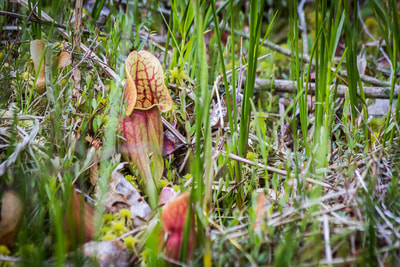
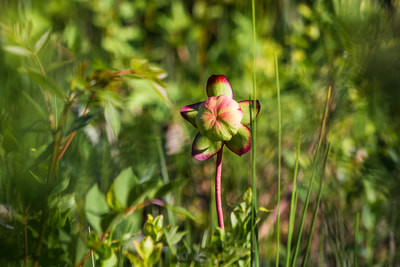
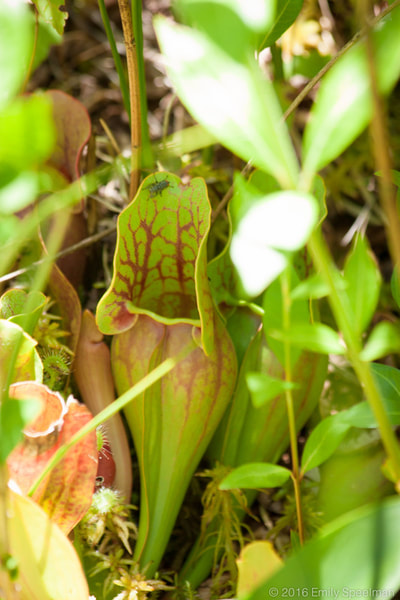
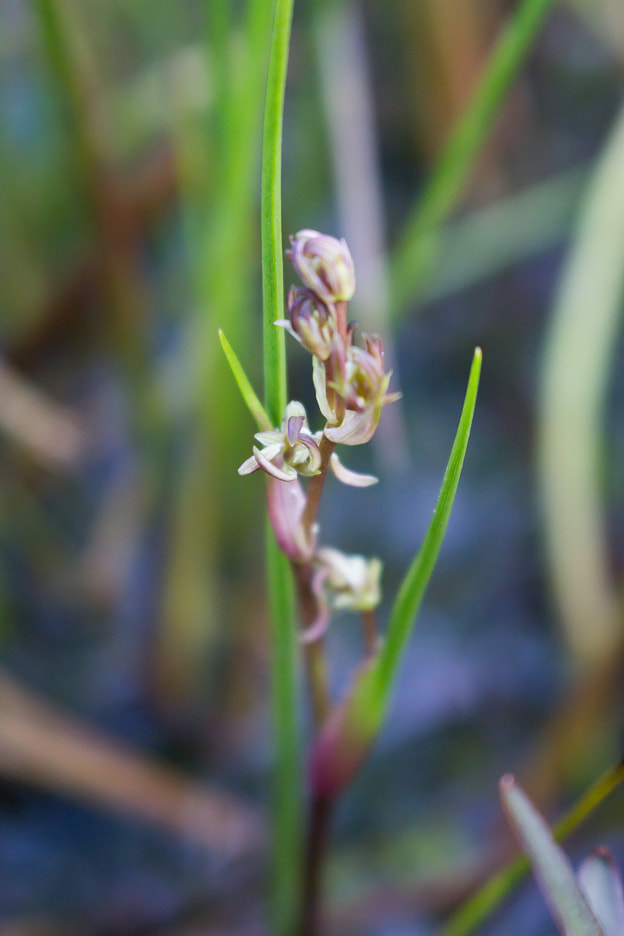
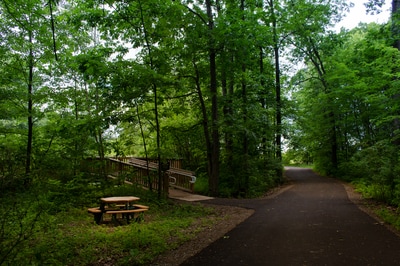
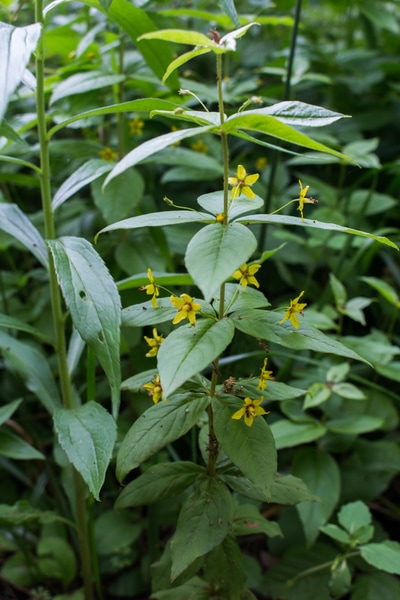
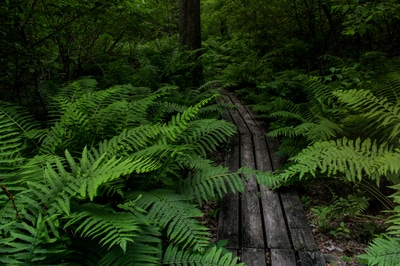
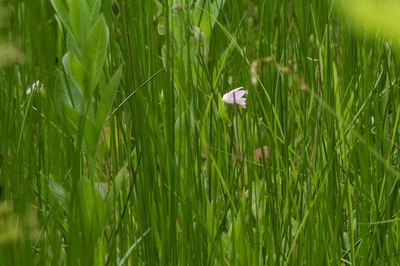
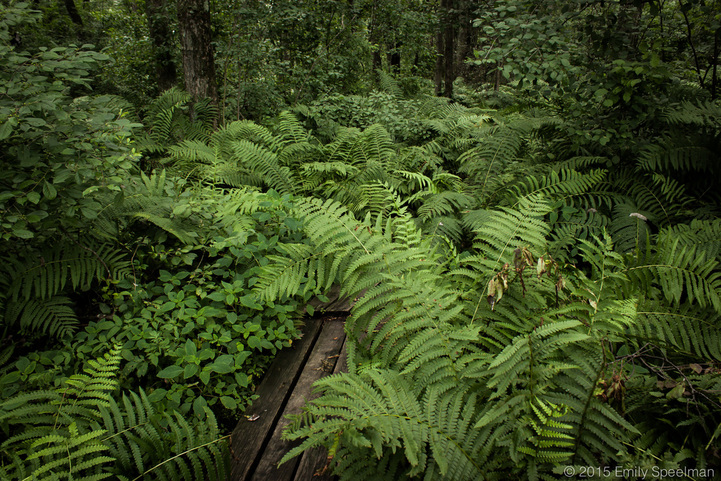
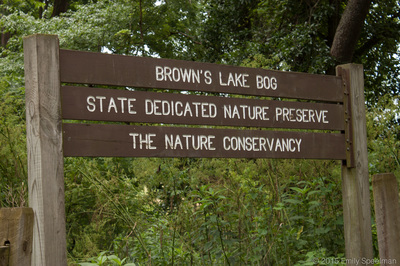
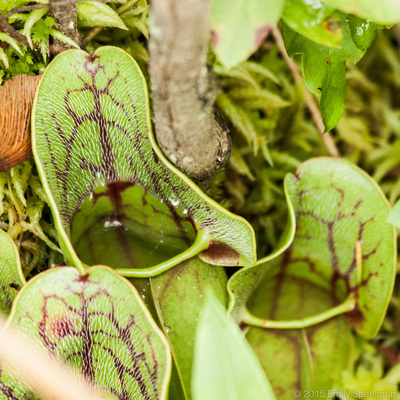
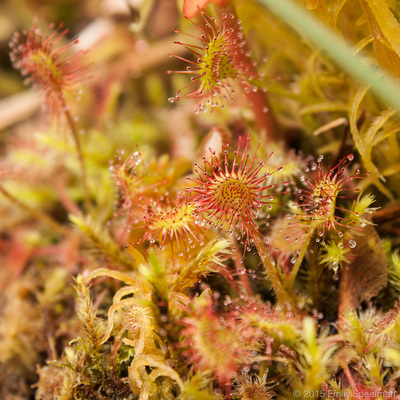
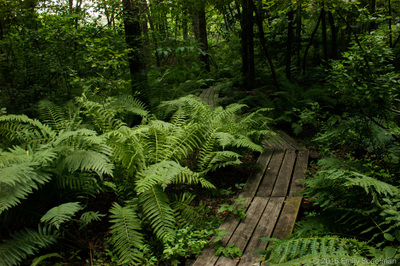
 RSS Feed
RSS Feed